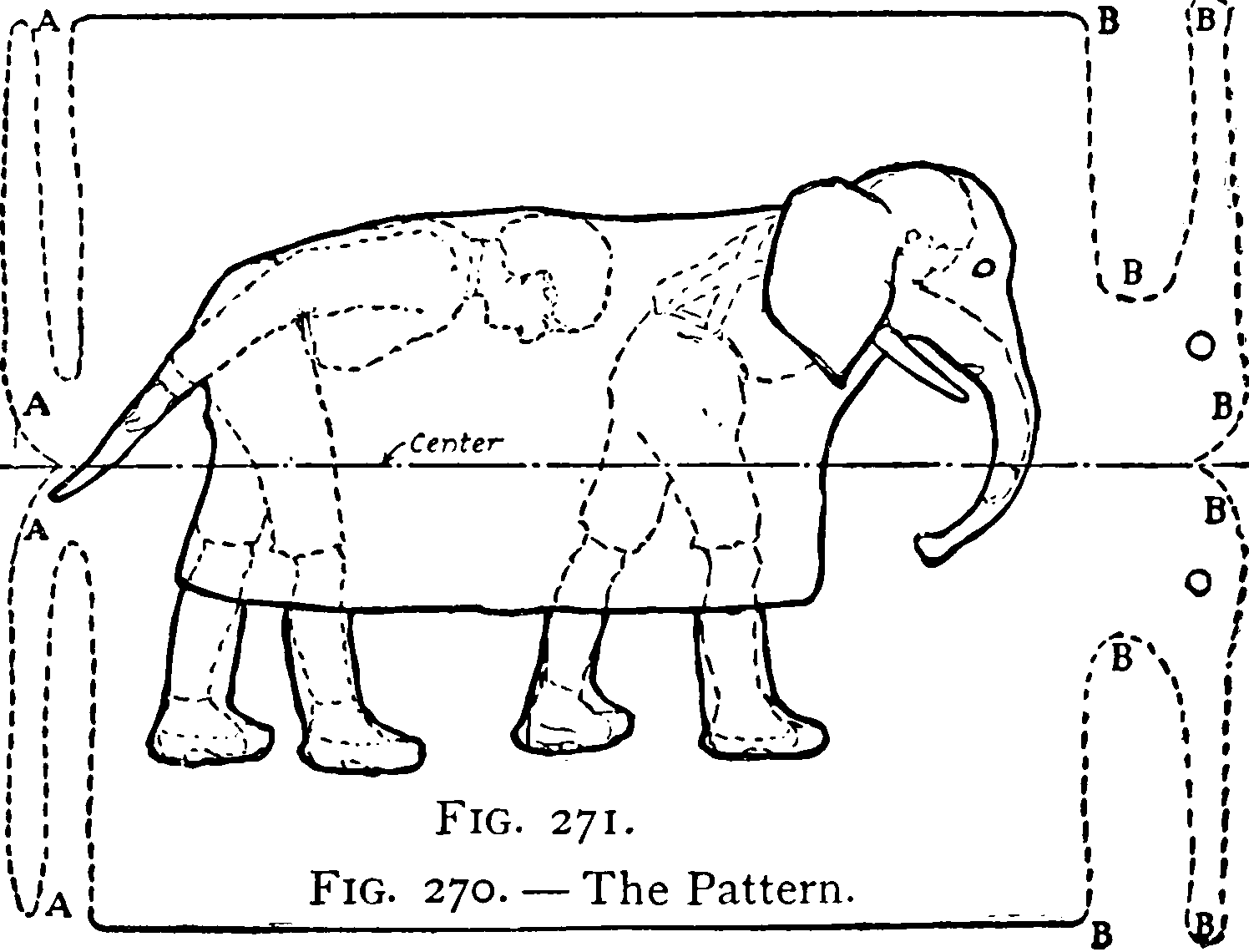Altmann, Henning, and Peterseim. 2021.
“Numerical Homogenization Beyond Scale Separation.” Acta Numerica.
Forrester, and Keane. 2009.
“Recent Advances in Surrogate-Based Optimization.” Progress in Aerospace Sciences.
Gladish, Pagendam, Peeters, et al. 2018.
“Emulation Engines: Choice and Quantification of Uncertainty for Complex Hydrological Models.” Journal of Agricultural, Biological and Environmental Statistics.
Higdon, Gattiker, Williams, et al. 2008.
“Computer Model Calibration Using High-Dimensional Output.” Journal of the American Statistical Association.
Hoffimann, Zortea, de Carvalho, et al. 2021.
“Geostatistical Learning: Challenges and Opportunities.” Frontiers in Applied Mathematics and Statistics.
Holzschuh, Vegetti, and Thuerey. 2022. “Score Matching via Differentiable Physics.”
Hooten, Leeds, Fiechter, et al. 2011.
“Assessing First-Order Emulator Inference for Physical Parameters in Nonlinear Mechanistic Models.” Journal of Agricultural, Biological, and Environmental Statistics.
Lam, Sanchez-Gonzalez, Willson, et al. 2023.
“Learning Skillful Medium-Range Global Weather Forecasting.” Science.
O’Hagan, A. 1978.
“Curve Fitting and Optimal Design for Prediction.” Journal of the Royal Statistical Society: Series B (Methodological).
———. 2006.
“Bayesian Analysis of Computer Code Outputs: A Tutorial.” Reliability Engineering & System Safety, The Fourth International Conference on Sensitivity Analysis of Model Output (SAMO 2004),.
O’Hagan, Anthony. 2013. “Polynomial Chaos: A Tutorial and Critique from a Statistician’s Perspective.”
Paleyes, Pullin, Mahsereci, et al. 2019.
“Emulation of Physical Processes with Emukit.” In
Advances In Neural Information Processing Systems.
Pestourie, Mroueh, Rackauckas, et al. 2022.
“Physics-Enhanced Deep Surrogates for PDEs.”
Plumlee. 2017.
“Bayesian Calibration of Inexact Computer Models.” Journal of the American Statistical Association.
Queipo, Haftka, Shyy, et al. 2005.
“Surrogate-Based Analysis and Optimization.” Progress in Aerospace Sciences.
Razavi, Tolson, and Burn. 2012.
“Review of Surrogate Modeling in Water Resources.” Water Resources Research.
Sacks, Schiller, and Welch. 1989.
“Designs for Computer Experiments.” Technometrics.
Sacks, Welch, Mitchell, et al. 1989.
“Design and Analysis of Computer Experiments.” Statistical Science.
Shankar, Portwood, Mohan, et al. 2020. “Learning Non-Linear Spatio-Temporal Dynamics with Convolutional Neural ODEs.” In Third Workshop on Machine Learning and the Physical Sciences (NeurIPS 2020).
Tait, and Damoulas. 2020.
“Variational Autoencoding of PDE Inverse Problems.” arXiv:2006.15641 [Cs, Stat].
Tompson, Schlachter, Sprechmann, et al. 2017.
“Accelerating Eulerian Fluid Simulation with Convolutional Networks.” In
Proceedings of the 34th International Conference on Machine Learning - Volume 70. ICML’17.
van der Merwe, Leen, Lu, et al. 2007.
“Fast Neural Network Surrogates for Very High Dimensional Physics-Based Models in Computational Oceanography.” Neural Networks, Computational Intelligence in Earth and Environmental Sciences,.
Watson, and Holmes. 2016.
“Approximate Models and Robust Decisions.” Statistical Science.
White, Fienen, and Doherty. 2016.
“A Python Framework for Environmental Model Uncertainty Analysis.” Environmental Modelling & Software.

